Refine search
Actions for selected content:
3372602 results
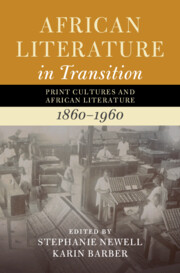
African Literature in Transition
- Print Cultures and African Literature, 1860–1960
- Coming soon
-
- Expected online publication date:
- October 2025
- Print publication:
- 31 October 2025
-
- Book
- Export citation
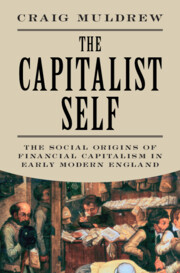
The Capitalist Self
- The Social Origins of Financial Capitalism in Early Modern England
- Coming soon
-
- Expected online publication date:
- October 2025
- Print publication:
- 31 October 2025
-
- Book
- Export citation
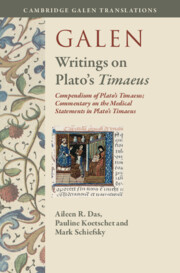
Galen: Writings on Plato's Timaeus
- Compendium of Plato's Timaeus; Commentary on the Medical Statements in Plato's Timaeus
- Coming soon
-
- Expected online publication date:
- October 2025
- Print publication:
- 30 September 2025
-
- Book
- Export citation
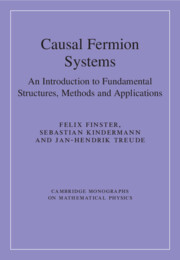
Causal Fermion Systems
- An Introduction to Fundamental Structures, Methods and Applications
- Coming soon
-
- Expected online publication date:
- October 2025
- Print publication:
- 31 October 2025
-
- Book
- Export citation
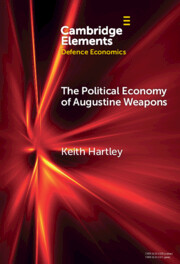
The Political Economy of Augustine Weapons
- Coming soon
-
- Expected online publication date:
- October 2025
- Print publication:
- 31 October 2025
-
- Element
- Export citation
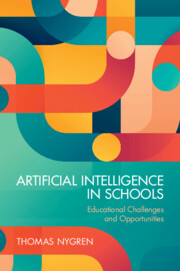
Artificial Intelligence in Schools
- Educational Challenges and Opportunities
- Coming soon
-
- Expected online publication date:
- October 2025
- Print publication:
- 31 October 2025
-
- Book
- Export citation

Insight-Driven Problem Solving
- Analytics Science to Improve the World
- Coming soon
-
- Expected online publication date:
- October 2025
- Print publication:
- 31 October 2025
-
- Book
- Export citation
The Secret Book of John
- Coming soon
-
- Expected online publication date:
- October 2025
- Print publication:
- 31 October 2025
-
- Book
- Export citation
Sober State
- Origins of Alcohol Prohibition in India
- Coming soon
-
- Expected online publication date:
- October 2025
- Print publication:
- 30 November 2025
-
- Book
- Export citation
Embers of Reason
- The Secular Imagination and the Contemporary Indian Documentary
- Coming soon
-
- Expected online publication date:
- October 2025
- Print publication:
- 01 February 2027
-
- Book
- Export citation
China's International Energy Relations
- The Impact of Transition from Fossil Fuels to Renewables
- Coming soon
-
- Expected online publication date:
- October 2025
- Print publication:
- 30 September 2025
-
- Book
- Export citation
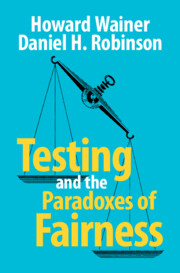
Testing and the Paradoxes of Fairness
- Coming soon
-
- Expected online publication date:
- October 2025
- Print publication:
- 31 October 2025
-
- Book
- Export citation
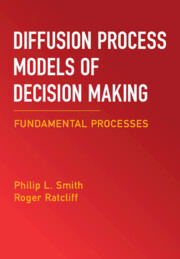
Diffusion Process Models of Decision Making
- Fundamental Processes
- Coming soon
-
- Expected online publication date:
- October 2025
- Print publication:
- 31 October 2025
-
- Book
- Export citation
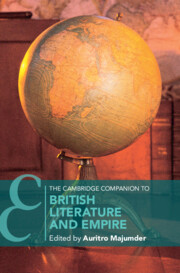
The Cambridge Companion to British Literature and Empire
- Coming soon
-
- Expected online publication date:
- October 2025
- Print publication:
- 31 October 2025
-
- Book
- Export citation
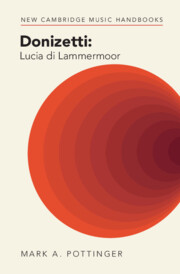
Donizetti: Lucia di Lammermoor
- Coming soon
-
- Expected online publication date:
- October 2025
- Print publication:
- 31 October 2025
-
- Book
- Export citation
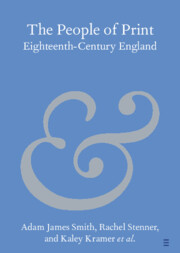
The People of Print
- Eighteenth-Century England
- Coming soon
-
- Expected online publication date:
- October 2025
- Print publication:
- 31 October 2025
-
- Element
- Export citation

Governing Energy Transitions
- A Study of Regime Complex Effectiveness on Geothermal Development in Indonesia and the Philippines
- Coming soon
-
- Expected online publication date:
- October 2025
- Print publication:
- 30 September 2025
-
- Book
- Export citation
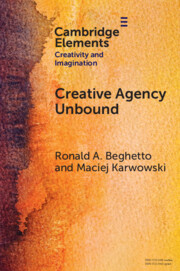
Creative Agency Unbound
- Coming soon
-
- Expected online publication date:
- October 2025
- Print publication:
- 31 October 2025
-
- Element
- Export citation
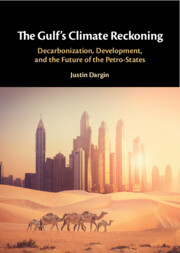
The Gulf's Climate Reckoning
- Decarbonization, Development, and the Future of the Petro-States
- Coming soon
-
- Expected online publication date:
- October 2025
- Print publication:
- 31 October 2025
-
- Book
- Export citation
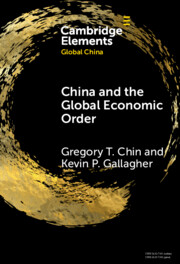
China and the Global Economic Order
- Coming soon
-
- Expected online publication date:
- October 2025
- Print publication:
- 31 October 2025
-
- Element
- Export citation
